Who is the goddess Ishtar?
You have probably heard of the Greek goddess Aphrodite, best known for her role as the goddess of love and beauty. Unlike her Roman parallel, Venus, Aphrodite has been included in many Western literary works, from Homer's Iliad to the Pope's Rape of the lock. Because of this, her enormous influence on Western history and culture is impossible to ignore. Even if you've never encountered Greek mythology before, you've probably heard of Aphrodite.
Her less popular siblings from Egyptian and Norse mythology have also had much of the limelight in Western culture. Isis (Egyptian woman, children and all life in Egypt) and Freyja (Norse goddess of love, beauty and fertility) have recently appeared in informal films and books. Popular culture seems to have used Egyptian, Greek and Norse mythologies to its advantage, triggering a revival of interest in gods and goddesses from ancient civilizations.
So what do Isis, Freyja and Aphrodite have in common? Apart from the fact that they all rule similar kingdoms, it is likely that they share a common, but forgotten, ancestor:the Mesopotamian goddess Ishtar.
Twin Goddesses:Ishtar and Inanna
In the beginning, Ishtar and Inanna were two different goddesses. Ishtar, whose name derives from that of the Semitic god Attar, had a cult of worship focused around the areas of Akkad, Assyria and Babylonia. Inanna, however, originated from her Sumer name derived from the Sumerian phrase nin-an-ak ("Lady of Heaven"). Eventually, the two goddesses came to form a unit under the government of Sargon in Akkad (2334-2279 BCE). Ishtar / Inanna went on to own many titles - including "The Nocturnal", "Morning Star" and "Mother Goddess".
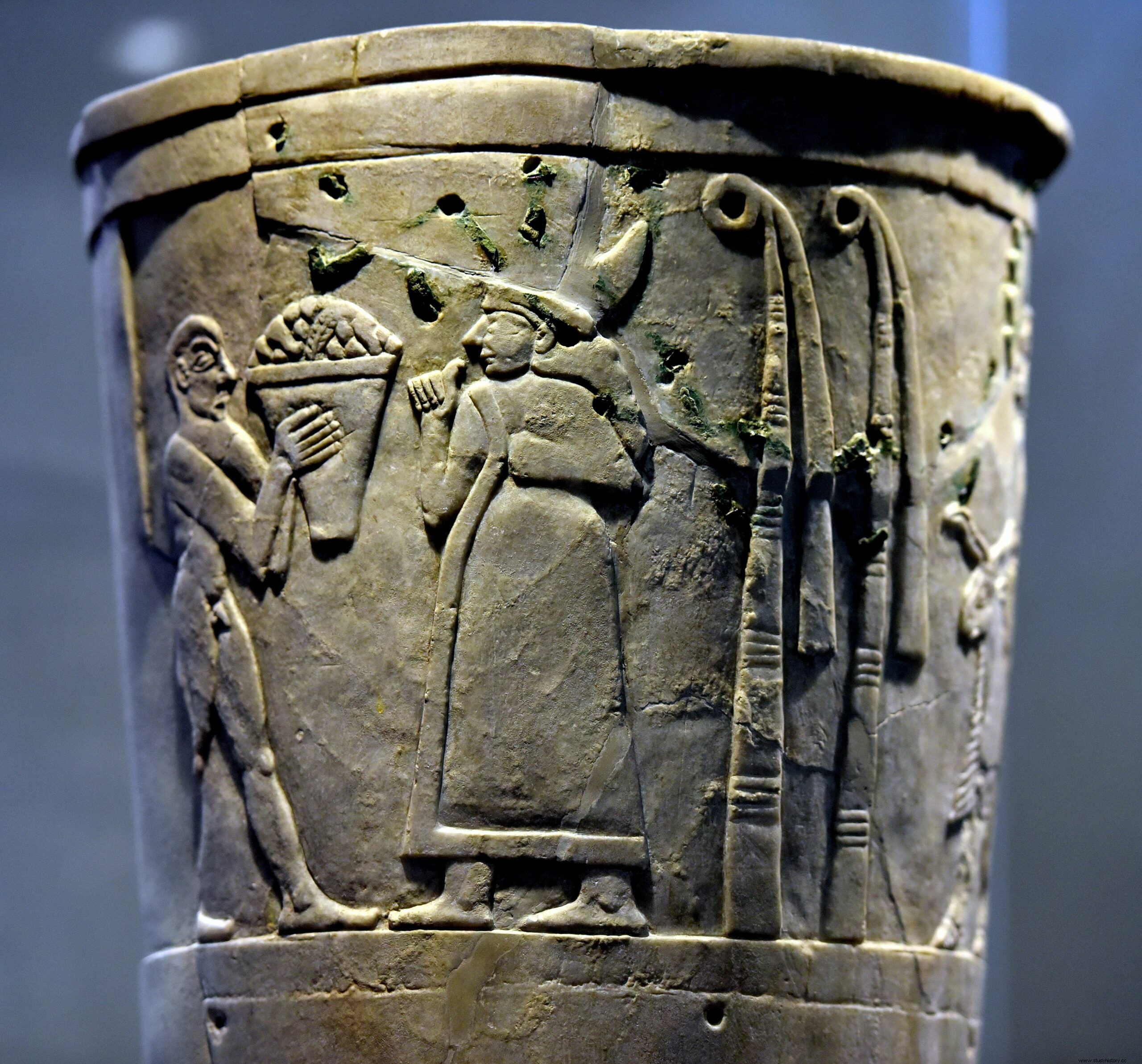
Ishtar's role in Mesopotamian mythology
Unlike her colleagues, Ishtar's role as a goddess is the most difficult to figure out - perhaps because she never ruled a kingdom alone. In her early history, she was the goddess of the storehouse and all its contents (dates, wool, meat and grain). Because her father was the sky god An, she also ruled over the sky, the rain and the thunderstorms.
Ishtar soon developed into a fertility goddess. Given the goddess' commitment to fertility, some academics believe that the cult of Ishtar largely involved sacred prostitution and sex worship. Inanna, her Sumerian form, was also associated with individuals who were involved in "homosexual activities" (according to Akkadian proverbs) or rebelled against the gender binary. Of course, these individuals have existed and made history in other cultures as well, both in mythology and in real life. For a more comprehensive overview of these queer stories, click here. and here ..
In addition to her associations with fertility, Ishtar also ruled over love, in all its various forms. Yet, just like Aphrodite, she tended to swing from one emotional extreme to another — from love to hatred and mercy to revenge. This explains why Ishtar was also the goddess of war and justice, and reciprocated every time the balance between love and hate was tipped. In the illustrations of her surviving, she is often shown winged and with arms.
Symbols of the goddess Ishtar
Ishtar's associations with justice and pride provide an explanation for why one of her most famous symbols was the lion. Her link to the sky made the eight-pointed star another important emblem for her.
Like Aphrodite, other symbols on Ishtar include the white dove and the rosette, which symbolize her connection to love and fertility. Her connection to the Roman goddess Venus was also made literal through her possible connection to the planet Venus. It was because of this that one of her titles was "The Morning Star".
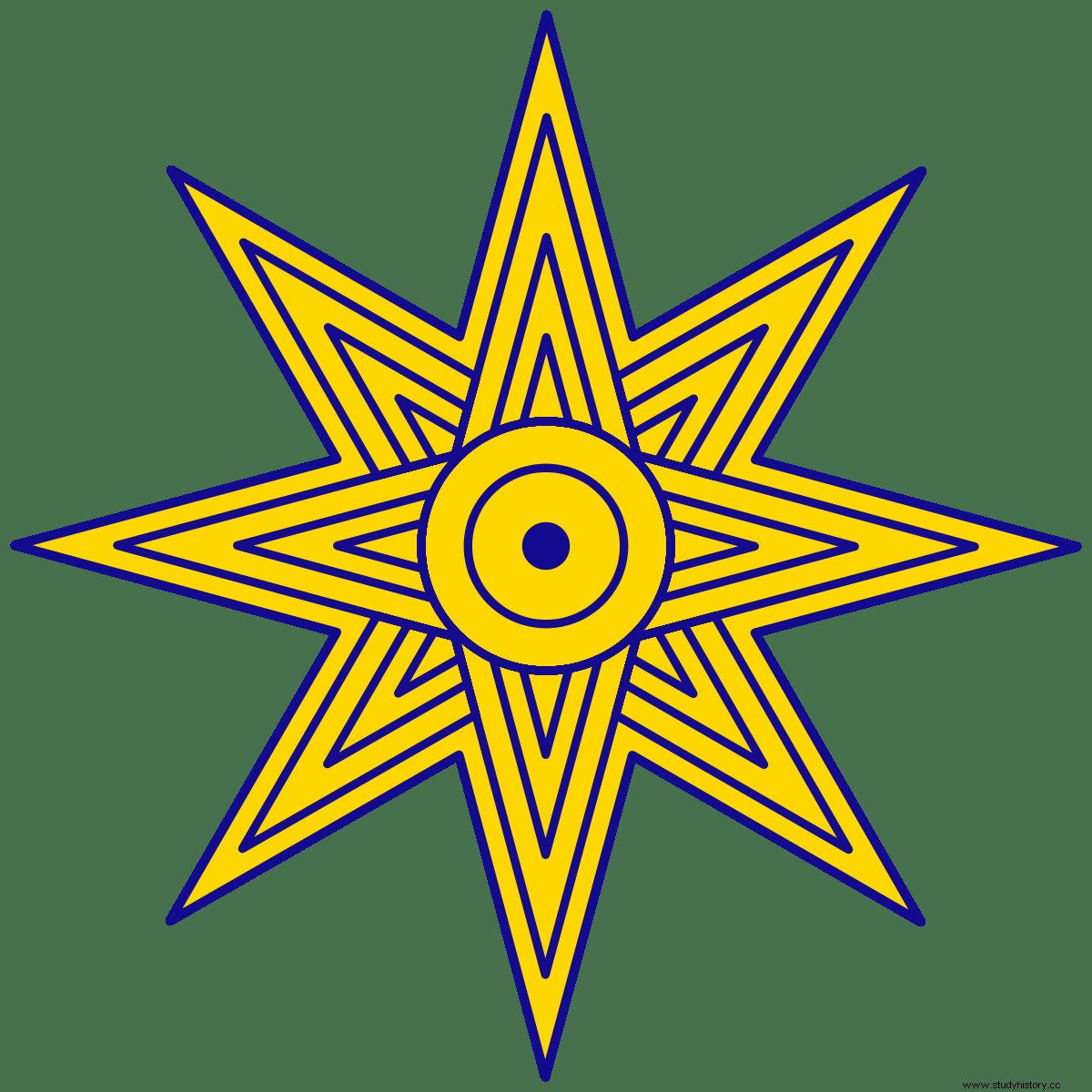
Ishtar's Descent into the Underworld
The story of Ishtar's descent into the Underworld is one of her most famous myths. Probably motivated by a desire to increase her powers by taking over the kingdom of her sister Ereshkigal, Ishtar travels to the underworld. When her sister hears of her arrival, she orders Ishtar to remove a garment at each of the seven gates of the underworld. This, her sister believes, will weaken Ishtar, whose clothes and jewelry give her spiritual protection and power.
In the end, Ishtar comes naked - and thus weakened - before his sister. Considered guilty of excessive pride by the seven judges of the underworld, Ishtar is killed and forcibly captured in the underworld. After three days, her companion, Ninshubur, asks the gods to help her retrieve Ishtar - and all but Ea, the god of wisdom, denies her.
At this point, accounts of the myth begin to diverge. In one account, Ea sends two creatures to retrieve Ishtar from the underworld. At the gates of the underworld, Galla (guardians of the underworld) stops them and forces Ishtar's husband, Tammuz, to take her place for six months of the year. They then force Sister Geshtinanna to stay for the other six months. Like the Greek story of Persephone and Hades, ancient Mesopotamians would use this myth to explain the changing seasons.
On the other hand, the alternative ending dictates that Ishtar glimpses the man Tammuz on his throne, invested in celebrations and ceremonies that prove to her that he has barely noticed her absence. In a fit of sudden, vengeful rage, she decides to send him to the underworld to take her place.
Other stories about the goddess Ishtar
The world's first recorded author, Enheduanna, wrote several of the earliest poems dedicated to the goddess Ishtar. Enheduanna, a priestess of the moon god and daughter of Sargon the Great (2334-2279 BCE), lived in Ur (located in present-day Iraq). During its time, Ur was a large Mesopotamian city center, filled with merchant ships, warehouses and weaving mills. During his life, Enheduanna ordered the Disk for Enheduanna. This was a relief made of alabaster, inscribed with her dedication to the moon god An.
In addition, Ishtar is referred to in the Epic of Gilgamesh, a work that was regarded as the first major masterpiece in world literature. In the original version of the poem, Ishtar asks Gilgamesh to become her partner. When he denies her, she furiously unleashes the ox of Heaven. As a result, this forces Gilgamesh to deal with the fact that he, like all humans, is mortal.
But records of Ishtar's existence go far beyond poetry. Some argue that the Song of Song, from the Bible, contains references to Ishtar. This is due firstly to the strong structural resemblance to the Sumerian love poems that describe the relationship between Inanna and Dumuzid (the Sumerian versions of Ishtar and Tammuz). Second, this is due to his allusions to the sun and moon that Ishtar rules over. Even Ezekiel 8:14 refers to Tammuz by name, and describes a group of women mourning his death near a temple in Jerusalem.
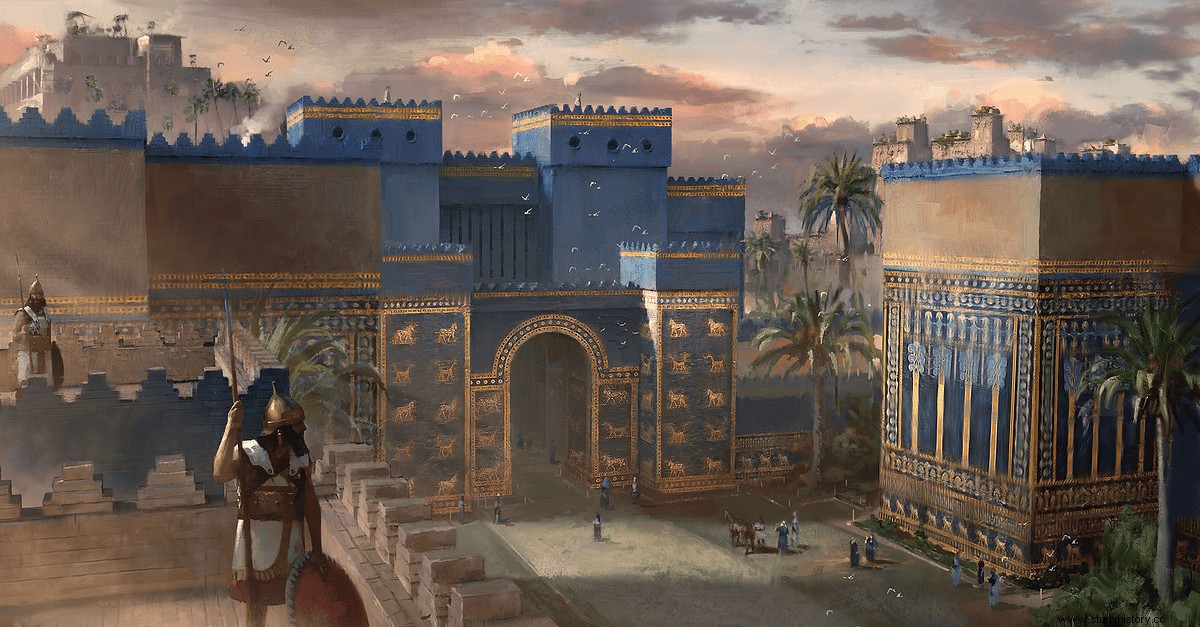
Ishtar's obscurity in cultural history
Ishtar's stories, mythology and cult of worship largely shaped the culture and history of Ancient Mesopotamia - to such an extent that some of the most important texts in world history mention her. Given that, one would expect that her influence today - or at least through recent history - would compete with Aphrodite's. Why is Ishtar's influence and mythology so obscure?
The answer may lie in the language barrier, among other reasons. For more than 3,000 years, the most important method of communication in ancient Mesopotamia was cuneiform, a writing system developed by the ancient Sumerians. Around 400 AD. it fell out of use, for reasons that are still unknown. Because of this, the poems and works describing Ishtar's great history were gradually overlooked in favor of texts written in more readily available languages.
Fortunately, however, there has recently been a renewal of interest in Ishtar and her many stories. For the past 50 years, most of her lesser-known myths have been published. This has made it possible for the goddess to slowly emerge on the stage of popular culture, and take her place with her Norse, Greek and Egyptian counterparts.
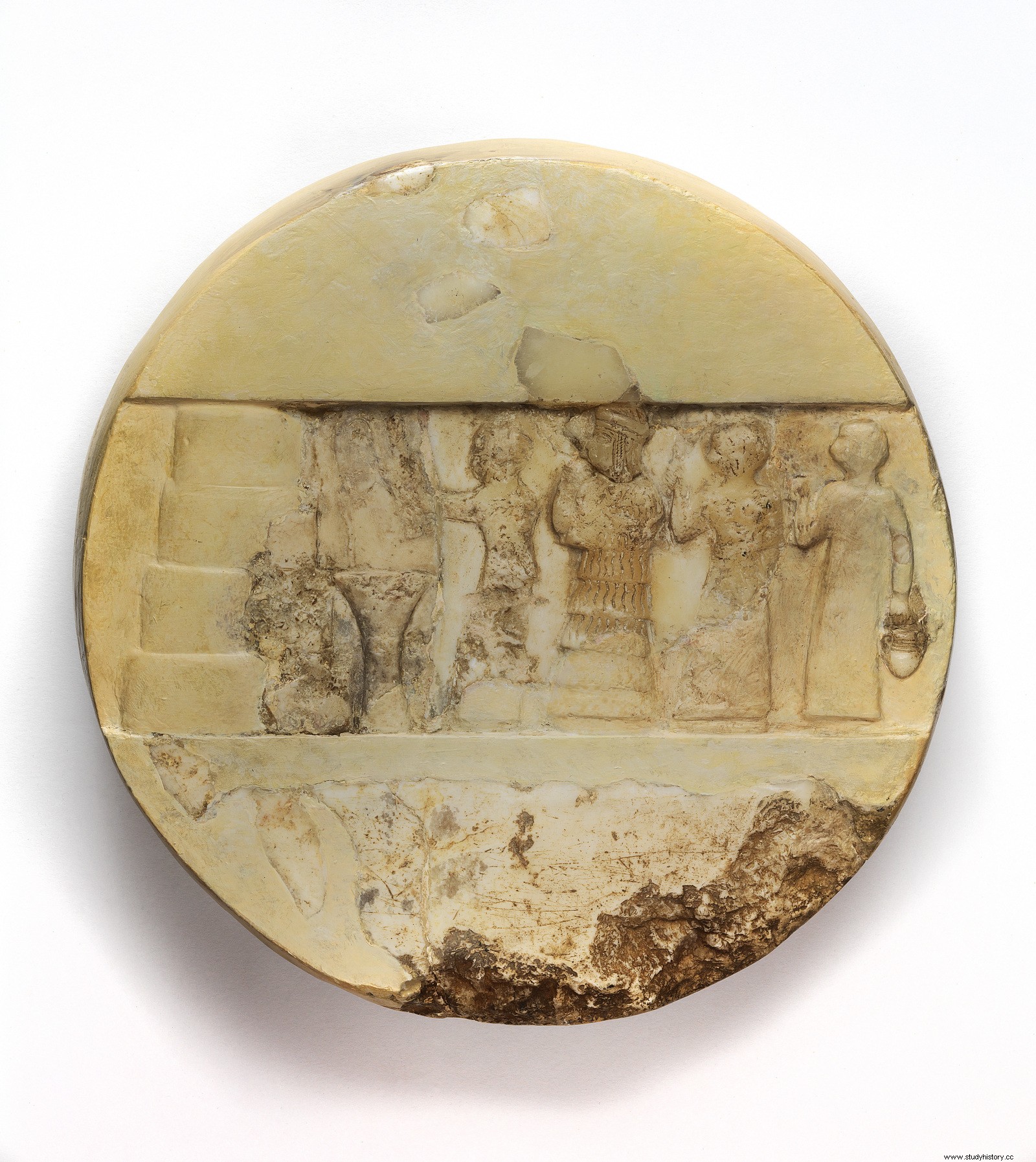
Ishtar in popular culture:movies and media
In the movie Bloodfest , the main character, Fuad, is a serial killer who sacrifices his victims to Ishtar. Disappointingly, the film confuses Ishtar with Isis and calls her an Egyptian goddess instead of a Mesopotamian. Hercules:The Legendary Journeys portrays Ishtar as a soul-eating Egyptian mother, and confuses one story with another. 1987 film Ishtar , in addition to being named after the goddess, also includes a character, Shirra, who loosely resembles her.
Several rock and death metal songs, and a John Craton opera, have also referred to the goddess. Apparently she has also delivered the prototype for the dominatrix archetype in BDSM culture. This archetype is characterized as a powerful woman who forces gods and men to submit to her. Given Ishtar's connections to warfare, violence and chaos, in addition to being very vengeful, this comparison is of course unfounded.
Ishtar in popular culture:literature and theory
In The other sex , Simone de Beauvoir claims that Inanna has been degraded by modern culture in favor of male gods. She argues that Inanna represents the rebellious, wild woman, and uses the goddess to give an example of what kind of woman all women can become, if not for the boundaries of culture. This conversation takes place within the broader context of a discussion around other similar goddesses.
The representations of Ishtar in modern popular culture are sparse and rare. The few that exist are wrong, making her a shallow parody of her powerful, chaotic self. In doing so, they conceal the dual nature of her character and her power. Nevertheless, they take a step forward in the inclusion of Mesopotamian mythology in popular culture - and thus provide a step towards a greater understanding of the richness and beauty of this ancient civilization, and the many characters, stories and ideas it has to offer.
Like other gods and goddesses from other cultures, Ishtar is a flawed figure, capable of intense destruction and revenge. Instead of putting her on a pedestal, look at her as an ideal "wild woman" that we should all strive for - or, worse, reduce her to an evil caricature of the violent realm she runs - we should allow ourselves to fully explore her stories. More importantly, we should seek to use them as examples of the contrast and duality that is so very human.
Cultural significance in anthropology
In Ishtar we see the ability to realize and unite one's two sides - the contrasting feelings of love and hate, or mercy and revenge. Ishtar teaches us that by uniting the opposite parts of ourselves, we can create a unique form of power. For female audiences and readers, this is an important takeaway. Ishtar represents a powerful version of the overly emotional, unstable woman - a stereotype that has been used against women for centuries. Instead of giving us into this damaging example, her character encourages us to recognize women's feelings as a source of power, rather than a congenital error.
Aphrodite has been in Western culture for so long that we have forgotten her fullness. We have reduced her to a goddess of beauty and love, with a beautiful face and an intense jealous side. This shallow version of the goddess has existed for so long that it has been integrated into illustrations of Aphrodite in popular culture. At this point, it is too late to turn around.
But with the rise of Ishtar in popular culture and a revival of interest in ancient Mesopotamian civilization, history and mythology, we have a chance to start over. The arrival of Ishtar on the stage of popular culture gives us a new chance to see the beauty of love and war, instead of pitting them against each other.
The worst thing we can do for Ishtar's promising cultural figure is to glorify her anger and vengeance. Her story deserves to be told in its entirety. Her status as a woman of contradictions and extremes deserves to be remembered. And the legendary stories of her power - the power we all have - are more than worth sharing.
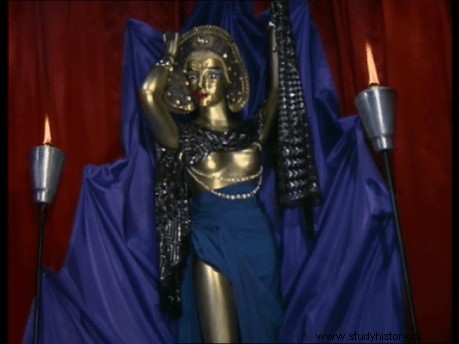
Resources
Bahrani, Zainab. Women of Babylon:Gender and Representation in Mesopotamia. London:Routledge, 2001.
Inanna . July 2021. July 8, 2021..
Ishtar . July 8, 2021..
Ishtar . July 2021..
Pryke, Louise. Ishtar . May 2019. July 2021..
-. The legend of Ishtar, the first goddess of love and war . June 2017. July 2021..
"Ishtar." New World Encyclopedia, . March 6, 2018, 23:20 UTC. July 8, 2021, 14:28https://www.newworldencyclopedia.org>.
